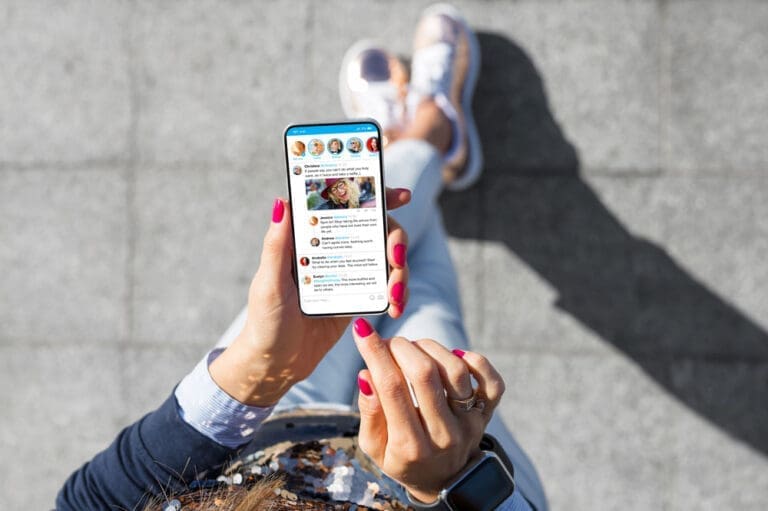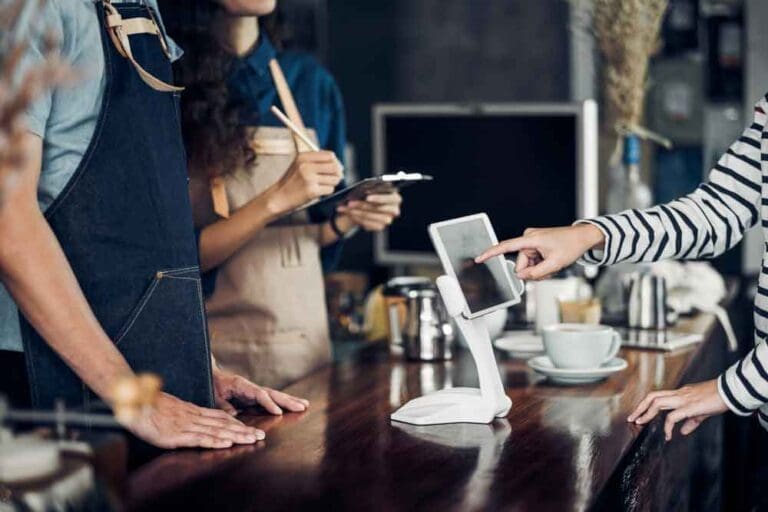Standing out in the fierce pizza market requires more than just tasty Pizza. Digital marketing has become indispensable in capturing a wider audience, creating brand awareness, and increasing sales. With its innovative digital marketing strategies, Domino’s, a global pizza giant, has set a benchmark in the pizza delivery industry. This case study delves into the strategies Domino’s employed to revolutionize pizza delivery and how these strategies can inspire pizza business owners.
Digital Transformation Journey
Before 2010, Domino’s struggled with a deteriorating brand image and declining sales. Recognizing the need for change, Domino’s launched a bold digital transformation. They began by revamping their pizza recipe and then embarked on an aggressive digital marketing campaign to share their progress.
Digital Marketing Strategies
Transparency and Honesty:
Domino’s tackled its brand image problem head-on by acknowledging its mistakes. The company launched an advertisement campaign, “Oh Yes We Did,” which showcased customer feedback about their old Pizza and the steps they were taking to enhance it. This approach fostered trust and helped in creating a positive brand image.
This campaign marked a significant turning point for the company. It was risky to admit that their product was subpar openly, but it paid off. Customers appreciated the honesty and the efforts to improve. The campaign included various TV commercials, digital and social media marketing, and other promotional tactics.
The “Oh Yes We Did” campaign is often hailed as one of the most successful rebranding campaigns in recent history. The company’s sales and reputation significantly improved following the campaign. It showed the power of listening to and using customer feedback to improve products and services.
User-friendly Digital Interfaces:

Domino’s introduced a user-friendly website and mobile app that allowed customers to customize and order their Pizza easily. They also unveiled the ‘Domino’s Tracker,’ allowing customers to track their Pizza from the oven to their door in real-time. This created an engaging customer experience.
Innovative Ordering Platforms:
Domino’s introduced multiple digital ordering platforms, including Facebook Messenger, Twitter, Amazon Echo, Smart TVs, and even by simply texting a pizza emoji. This strategy made ordering easy and fun and enabled Domino’s to reach customers on frequently used platforms.
For example, on Facebook Messenger, Domino’s created a chatbot named Dom. Dom was programmed to understand natural language and could accept orders directly from the chat. Users could type “I want a large pepperoni pizza,” and Dom would process the order. Additionally, they introduced an ‘Easy Order’ button that allows regular customers to order their favorite Pizza with just one click.

On Twitter, Domino’s introduced a ‘tweet-to-order’ system. All a customer had to do was tweet a pizza emoji to Domino’s Twitter account, and their favorite Pizza would be on its way. This not only made ordering Pizza interactive and fun, but it also created social media buzz and engagement for the brand.
For Amazon Echo users, Domino’s developed a skill for Alexa. Customers could say, “Alexa, order Domino’s,” and the voice-activated device would place the order. They could also ask Alexa to track their order status, making the whole process hands-free and convenient.
Similarly, on Smart TVs, Domino’s created an app that allowed customers to order Pizza directly from their television. The app was integrated with the Domino’s Pizza Tracker so that customers could follow orders from the kitchen to their doorstep.

Domino’s also introduced an ‘Easy Order’ function on their mobile app. Customers could set up their favorite order in the app and then text a pizza emoji to a designated number to place the order. This innovative ordering method made ordering a pizza as easy as sending a text message.
These innovative digital ordering platforms made ordering a pizza easy and fun, allowing Domino’s to reach customers on the platforms they use most. This strategy helped Domino’s to stand out in a competitive market and increase its online sales.
Just like Starbucks, which you can read about in our case study on digitizing the customer experience, Domino’s effectively used digital platforms to meet customers where they are and make ordering a pizza a seamless and enjoyable process.
Utilizing Data Effectively:
Domino’s has proactively collected and analyzed customer data in various ways. First, they have a robust online ordering system that allows customers to create profiles. These profiles can then track order history, favorite items, and delivery details. They also have the option for customers to provide feedback on their orders and experience, which gives Domino’s insights into customer satisfaction and areas of improvement.
Secondly, Domino’s has a mobile app that provides another avenue for data collection. Customers must sign up and provide their location and preferences before placing orders through the app. This data allows Domino’s to better understand their customer’s behavior and preferences.
Moreover, Domino’s also collects data through its loyalty program, Domino’s Rewards. Members earn points for every order they place, which can be redeemed for free Pizza. This program encourages repeat purchases and allows Domino’s to track buying habits and preferences.

From this data, Domino’s can identify patterns such as popular toppings, frequently ordered combinations, preferred delivery times, etc. They can also categorize customers based on their buying behavior, such as value-seekers, gourmet lovers, or frequent buyers. This information is invaluable in personalizing marketing messages and offers.
For example, Domino’s launched a personalized marketing campaign called “Paving for Pizza.” This campaign involved Domino’s repairing potholes in towns nominated by customers. The initiative was based on customer data that showed a desire for better delivery experiences. This data-driven campaign resonated with customers and resulted in a 2.4% increase in U.S. same-store sales in the second quarter of 2018.
Furthermore, Domino’s used customer feedback to improve its pizza recipe in 2009. They openly admitted that their Pizza was not up to the mark and used customer feedback to change their pizza recipe significantly. This initiative, known as “The Pizza Turnaround,” resulted in a 14.3% increase in same-store sales in the first quarter of 2010.
Results
Domino’s digital marketing strategies paid off handsomely. By 2011 their sales had increased by 14.3%. Their share price skyrocketed from $8.76 in 2010 to $381.86 by 2020. They also saw a significant increase in online orders, with digital sales accounting for more than 65% of their delivery business in the U.S. by 2020. Domino’s had indeed turned the tables and was now a digital-first company.




